THE PICTURE(S) I chose for this project a dress that I already have a pattern for, because then when I'm done the project, I can compare and contrast my pattern with the vintage pattern. While working on the project, though, I do not open the pattern. No cheating! Actually, I have two similar patterns; clearly I liked it enough to buy it twice! The Vintage Patterns Wikia says Simplicity 4089 is from the "early to mid 60's"*. * Simplicity re-uses their pattern numbers (as they must--there are only 9999 inclusive permutations of four digits codes); the 1950's S4089 is a suit-dress and the 1940's S4089 is for accessories. What I like:
Simplicity 4089, view 2, is the one I'm trying to replicate, except with longer sleeves. I like that they illustrated that one with plaid, too, so I can see the grainline the pieces ought to have. I notice, for instance, that the mandarin collar is on the bias, but all other pieces are perfectly squared to grain. THE FABRIC
One night while watching YouTube videos, I take the kimono apart. It was all hand-sewn, so I feel a little bad, but I remind myself that I'm giving it a second life! I get a nice pile of medium-weight silk crepe (kimono exterior), another of silk habutai in pale pink (the lining) and a smaller one of silk faille in orange (the facings). Then I wash each silk by hand in cold water with Nordstrom's hosiery wash for delicates (it contains silk protein and conditioners) and hang to dry. While the silk is still lightly damp, I press it with low heat, from the back side. The pattern is printed on it, so the back side is obvious. THE PATTERN
The drafting process did not lend itself well to photos, because it was white paper over white fabric! But here's the process:
(Pics of trueing the seam allowances)(Pics of the sleeve alteration) As you can see, the sloper sleeve, which doesn't have seam allowances, is already 14.5 inches wide! I need to make it into two narrower pieces to fit on the kimono silk. I start by folding the sleeve edge to the center line to find, in the fold, the quarter mark. I draw a dotted line in red along that mark, through the tip of the elbow dart, and down into the sleeve. Then I cut that dotted line, close the dart, and get two new pieces. The one is slightly bent, because of the pivot point of the dart that I closed, so the finished sleeve will still have elbow shaping. I make the sleeve 3/4 length. I discover later that this is not the usual method of making a two-piece sleeve: usually, the smaller piece draws from both sides of the bigger piece, so you end up with the underarm seams not matching the bodice any more. This reduces bulk, but I don't regret my method for this dress. I like to have the underarm seam line up perfectly with the side seam of the bodice, so I can sew that as the last seam of my dress. WHAT IS A TABARD, ANYWAY? A tabard is a simple tunic top made with two rectangles, one for the front and one for the back of the body. In its simplest form, it's like a long rectangle with a hole for the head, belted at the waist. The sides don't have to be sewn. It's a super simple way to pattern a top. Note: the tabard was a shirt or jerkin in the Middle Ages; it was not full length. If it was longer than the knees, with a split in the middle for horse-riding like a crusader's robe, it was called a surcoat. If it was longer with no split, it was a scapular, commonly worn by monastics. This guy Shad can tell you all about it, though he does make me doubt my pronunciation of the word tabard (the comments section is priceless, too!). Anyway, in the modern era, much confusion has arisen about this nomenclature, and it seems most people forgot what surcoats and scapulars were and applied the word tabard to all of those rectangle garments. In the 1920's, when the fashionable silhouette for women was a rectangle and people loved simple geometry in their clothes, a "tabard dress" was one with long rectanglular panels in front and back, closed at the sides but closed in a way that didn't deform the rectangles or show the body. Tabard aprons are still a thing. I'm calling this pattern a "60's Tabard Dress" because the front and back center panels make me think of a 1920s tabard, not because that's what it was called in the 60's when the pattern was made. I am aware that it's not a tabard in the medieval sense, but I am using the word anyway-- sorry Shad! THE (ALMOST) FINISHED PATTERN! The missing pieces are pockets, belt, and mandarin collar. I decide to improvise pockets as I go, depending on fabric available. For the belt, I decide to do that at the end, to make it fit me just right. As for the collar, I am unsure how to draft, so decide to drape it when the bodice is all together! Then I'll know it'll fit. TIME & MONEY I spent $35 on the kimono (I think? I remember wincing as I paid, so it had to be more than $20, but I don't think I would've bought it if it were $40). Here's how the patterning time breaks down: dress front and skirt: 55 minutes dress back and truing everything up: 1 hour 40 mins sleeves: 30 minutes ------------------------------------ TOTAL TIME: 3 hours and 5 minutes
3 Comments
The Sister
9/13/2019 01:49:35 pm
Well, that's a lovely soft fabric for you. I'll wager it'll look lightweight and cool when all finished.
Reply
I'm so excited to follow your silk dress project! Your ability to break down the challenge of patterning a dress from a picture into understandable steps is admirable. I'm eagerly anticipating your detailed posts on pattern drafting and the outcome of your brother modeling his new shirts. Your blog truly showcases your passion and expertise in <a )href=""http://www.epsilonpatternsandgrading.com/"">patternmaking for fashion design</a>.
Reply
Leave a Reply. |
Karen Roy
Quilting, dressmaking, and history plied with the needle... Sites I EnjoyThe Quilt Index Categories
All
Archives
March 2024
|
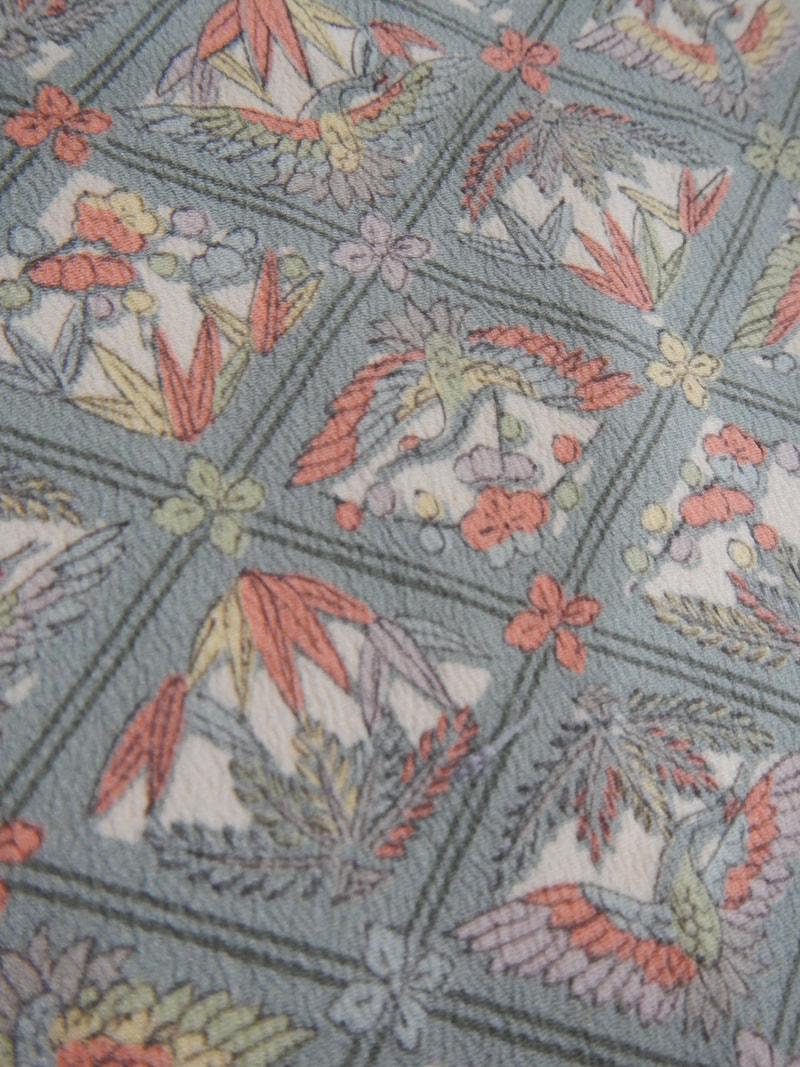
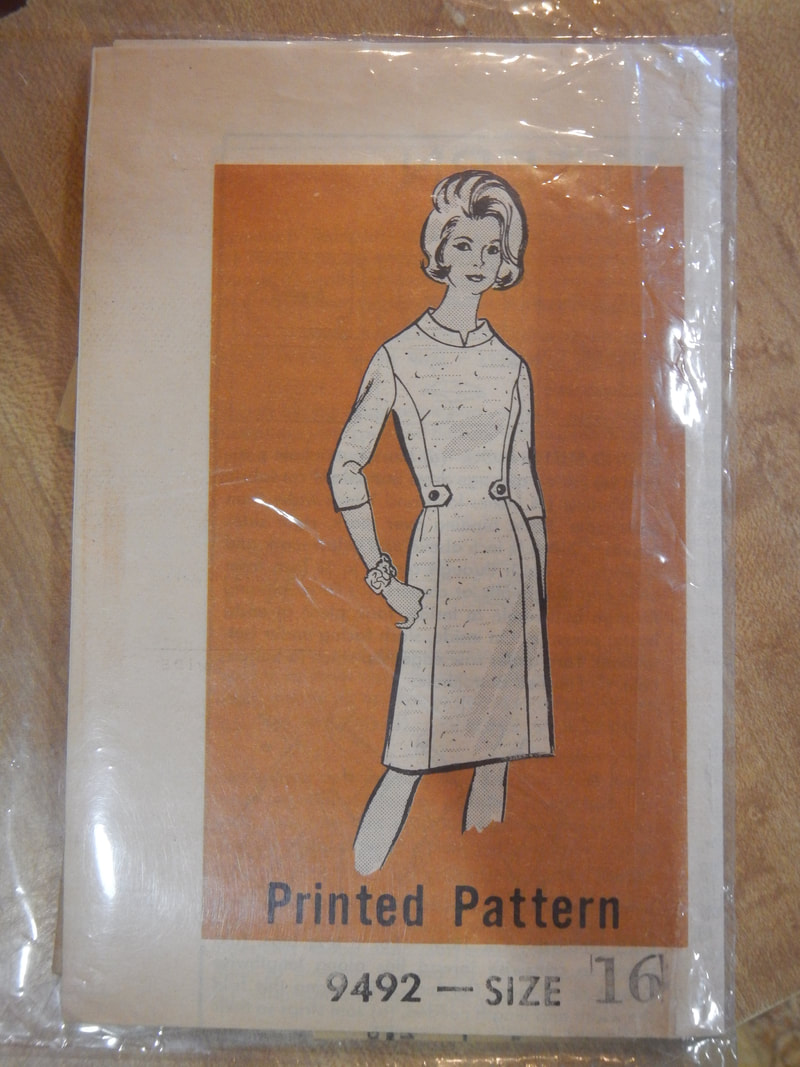
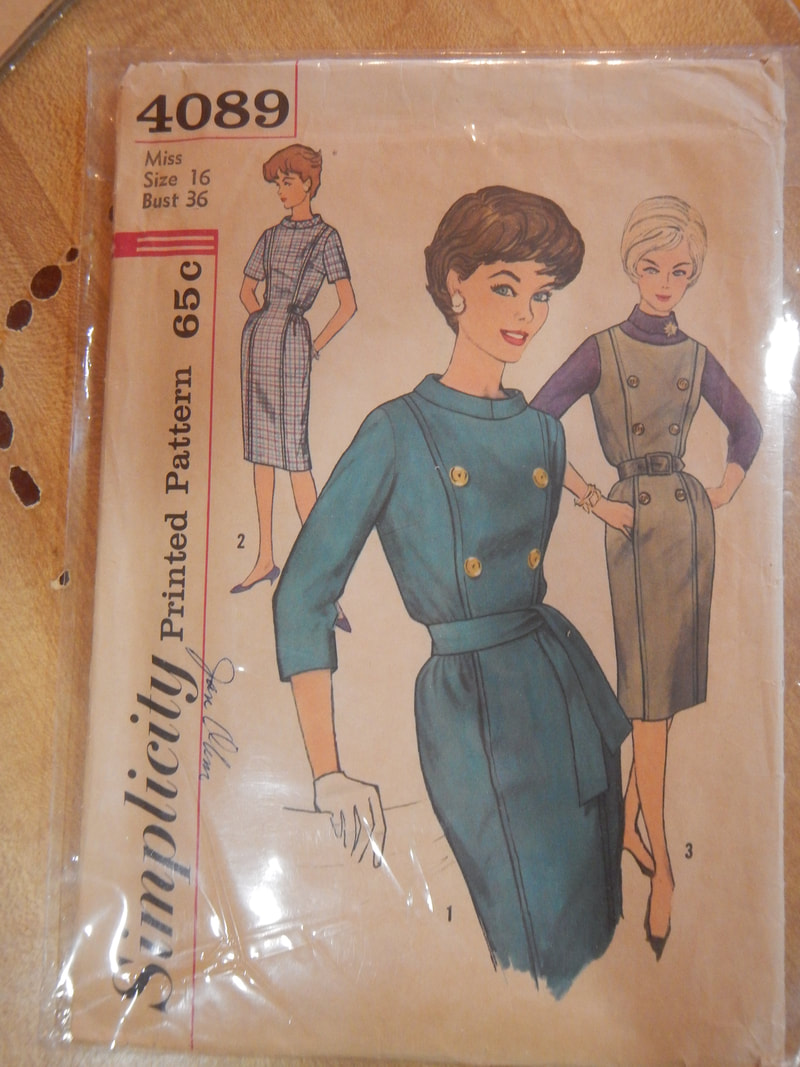
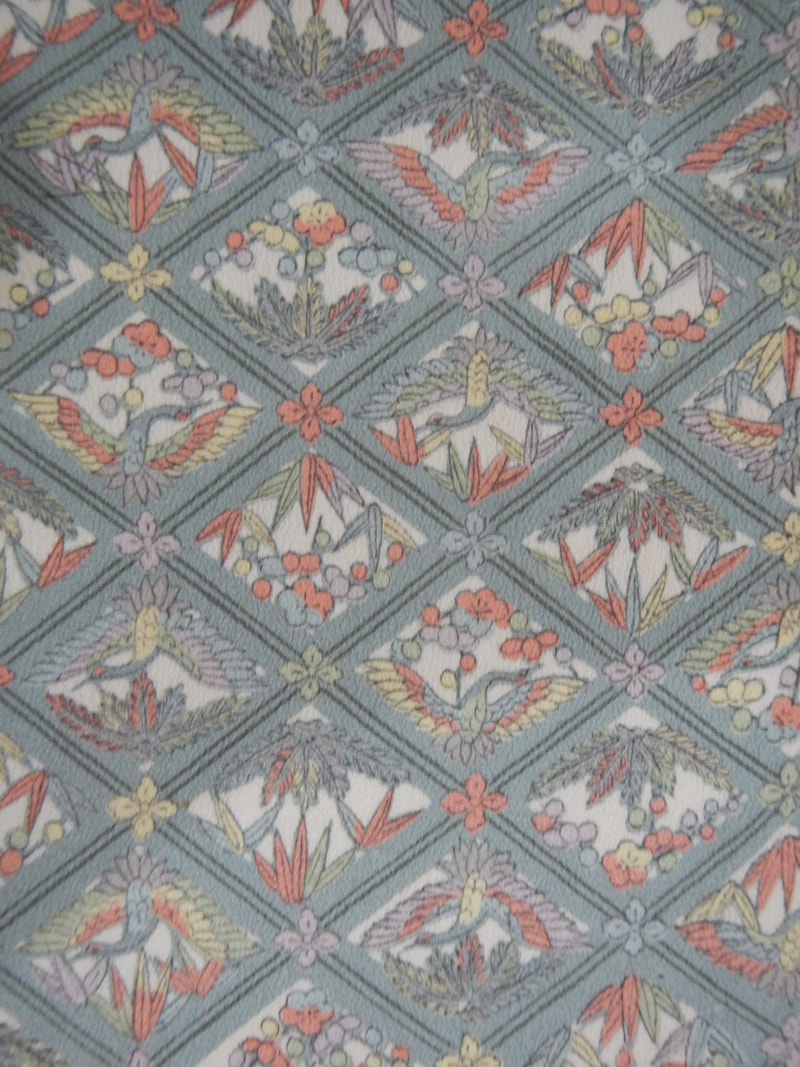
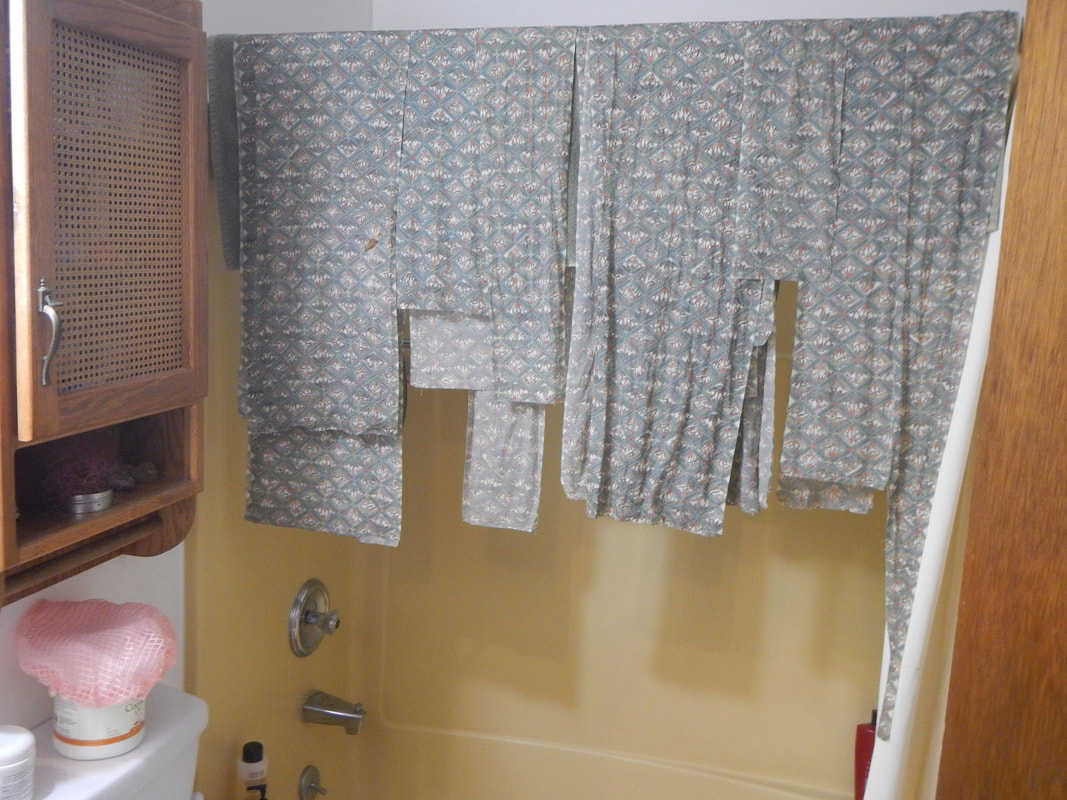
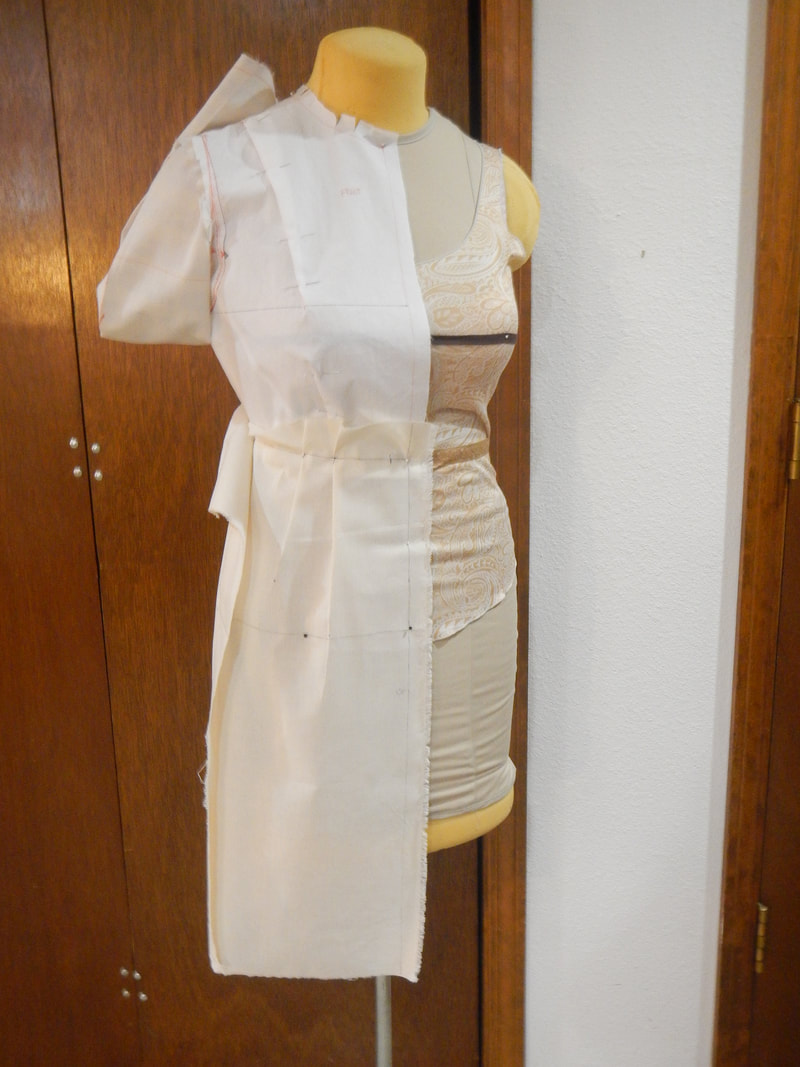
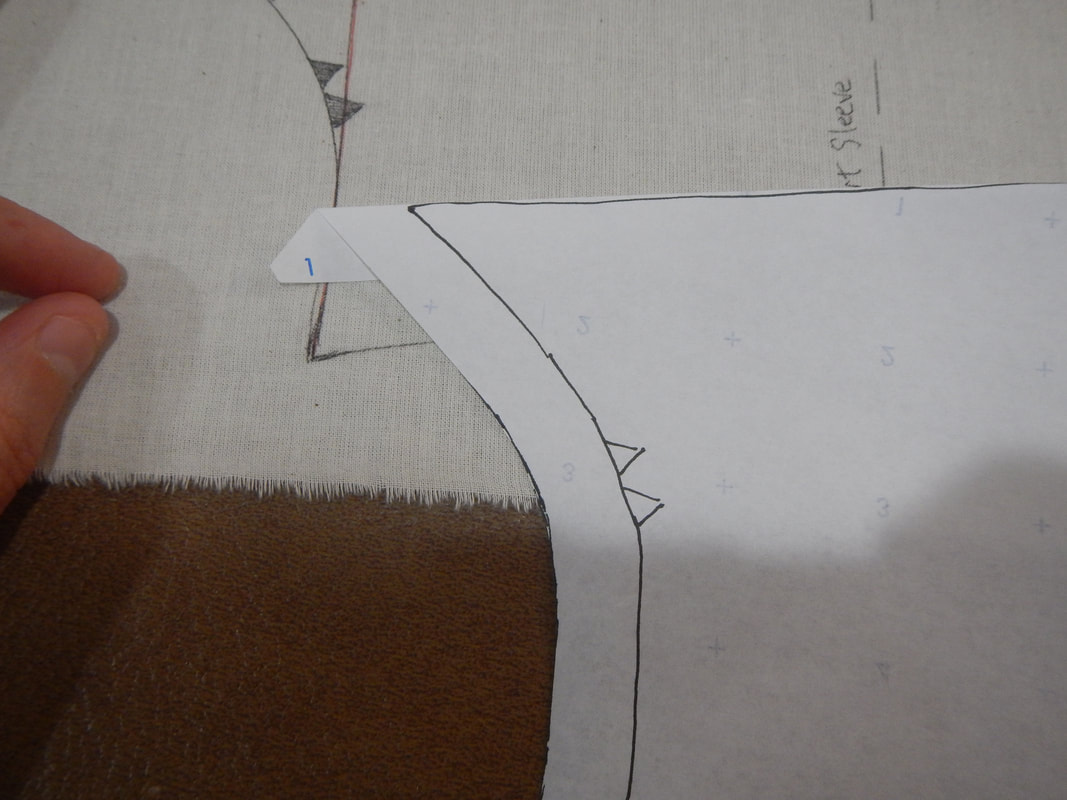
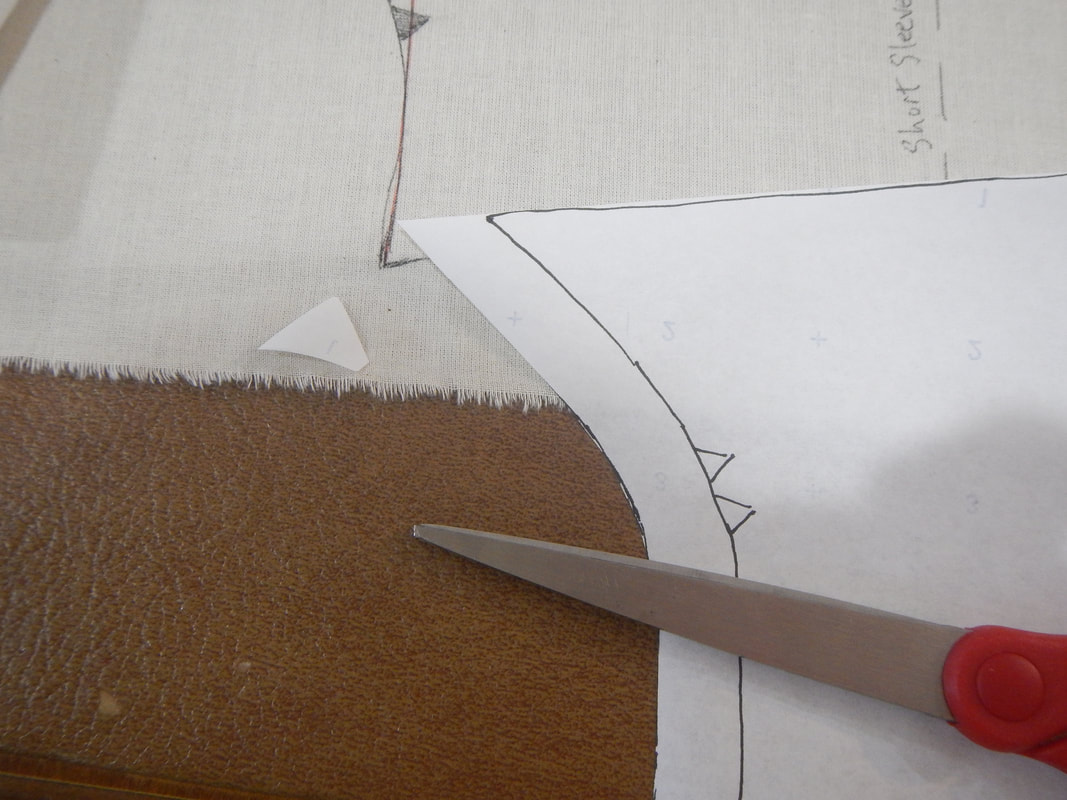
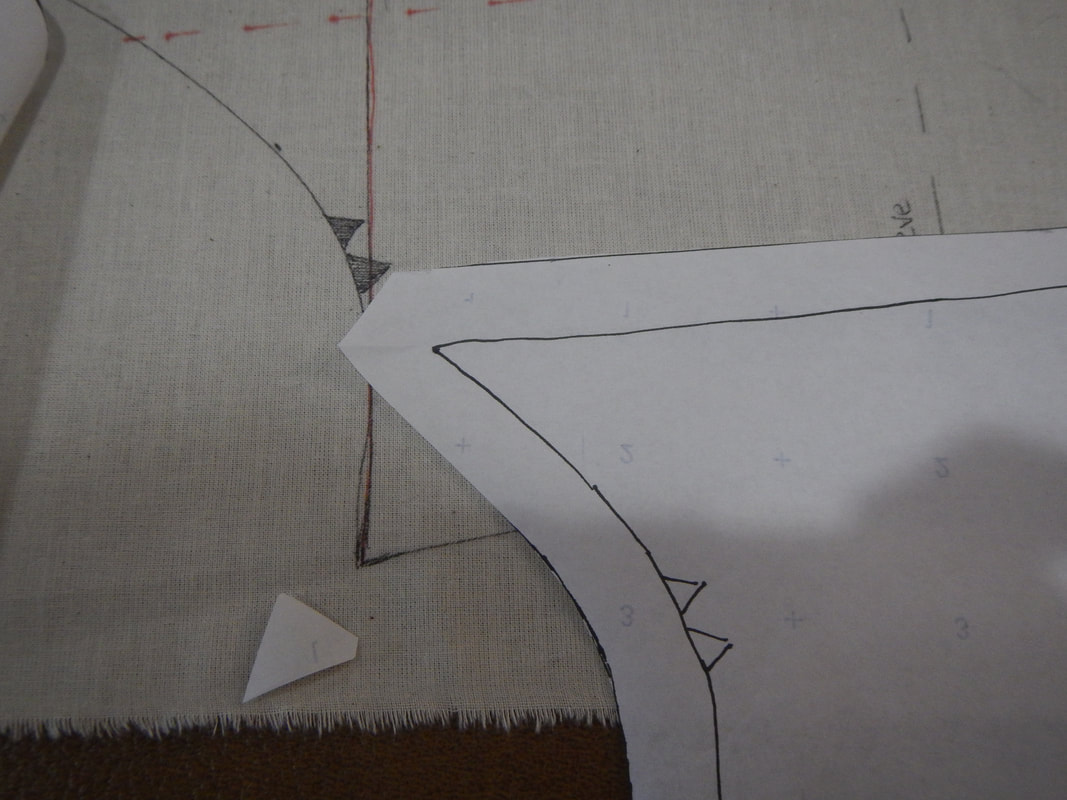
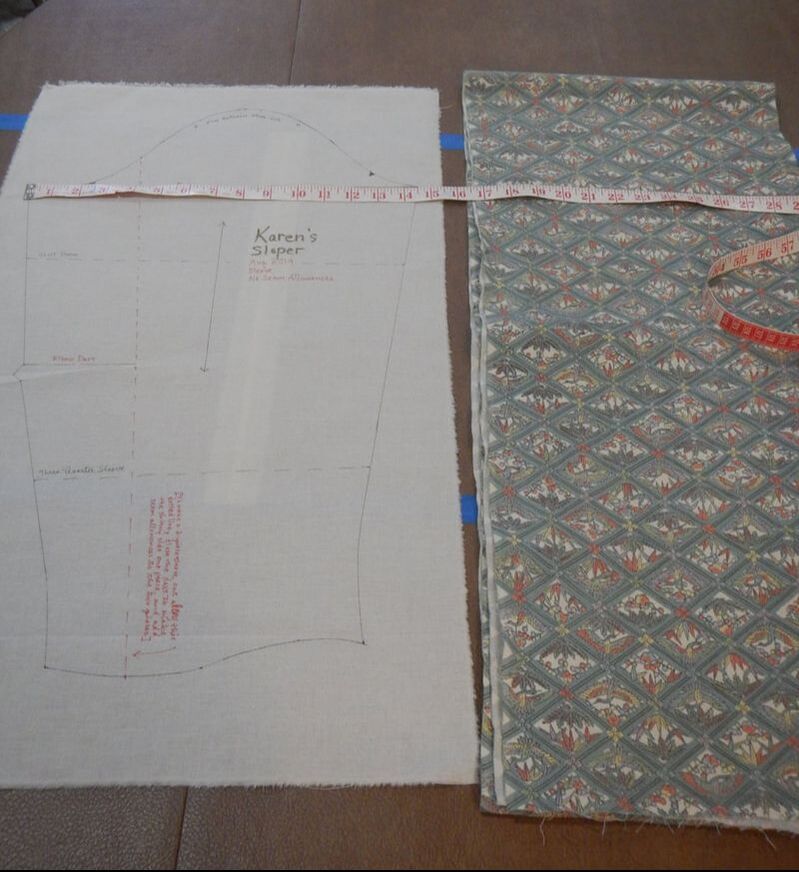
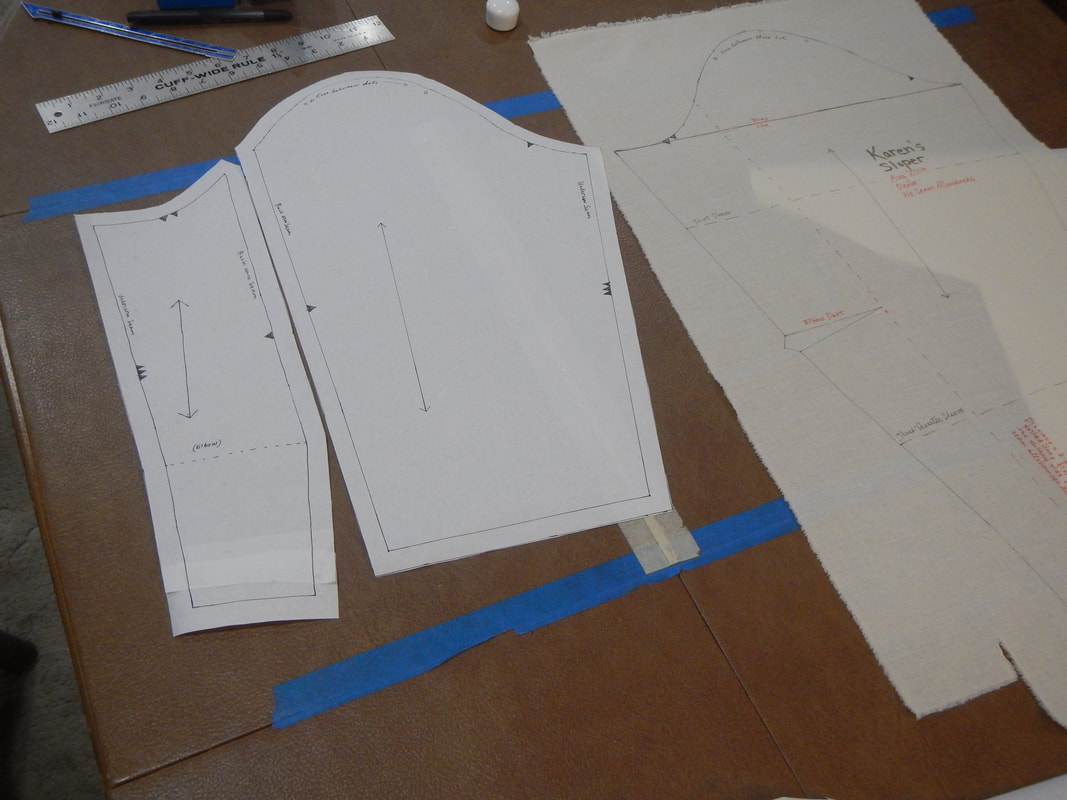
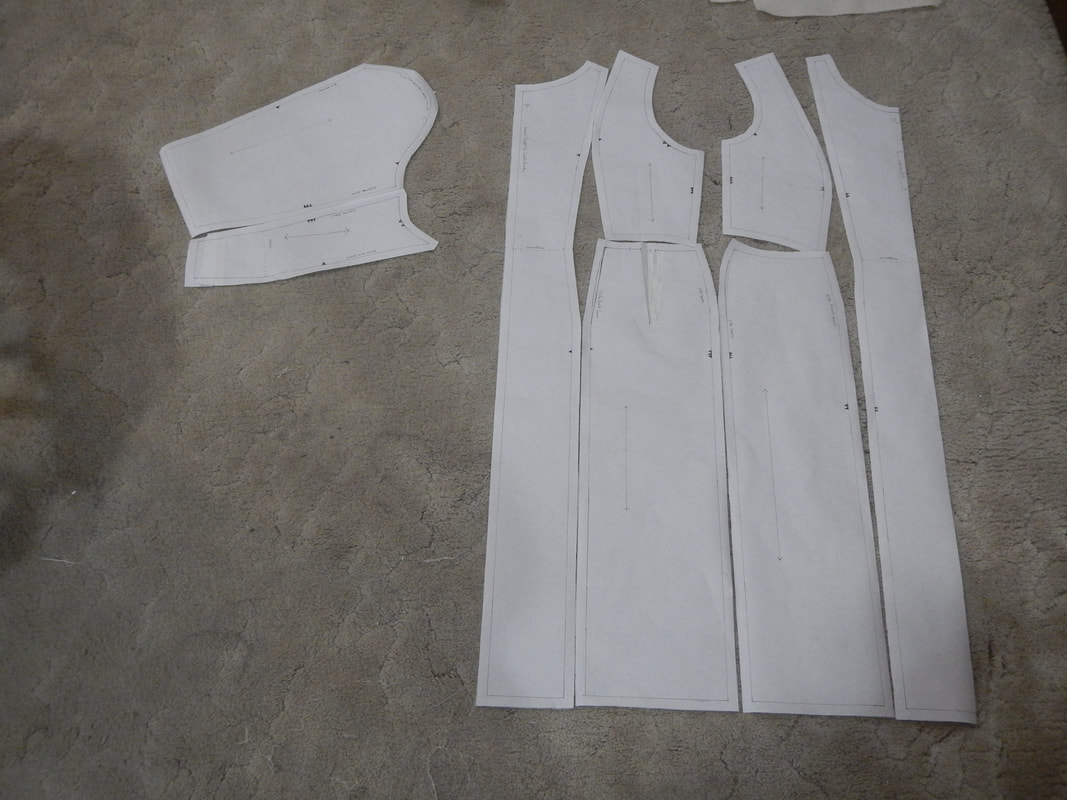
 RSS Feed
RSS Feed